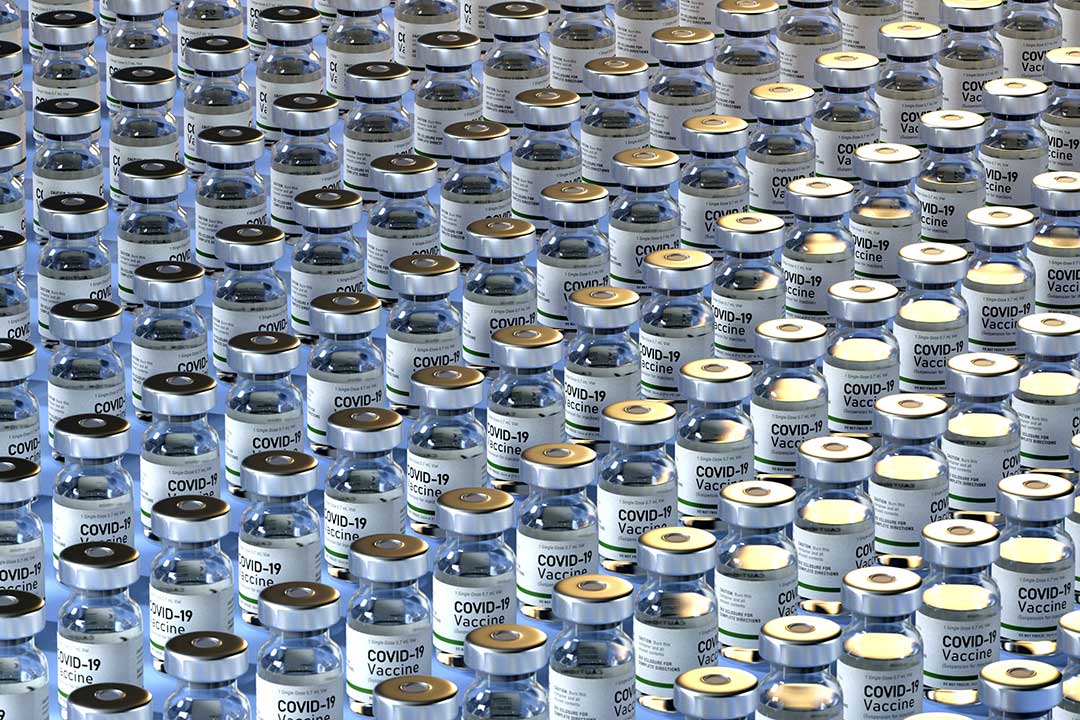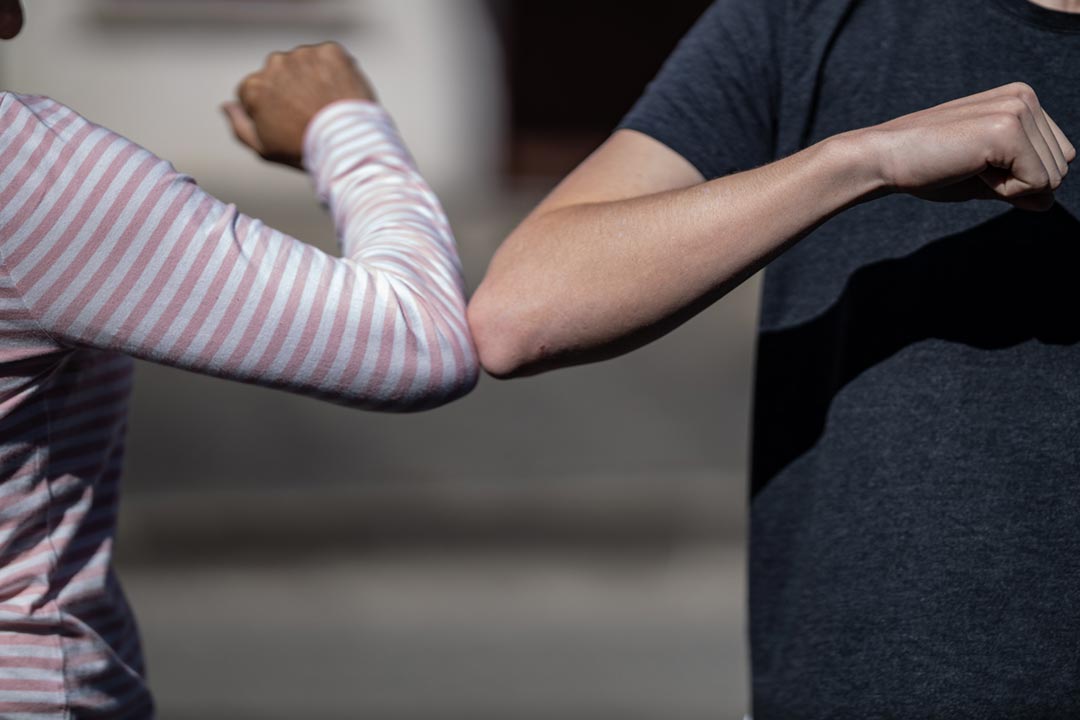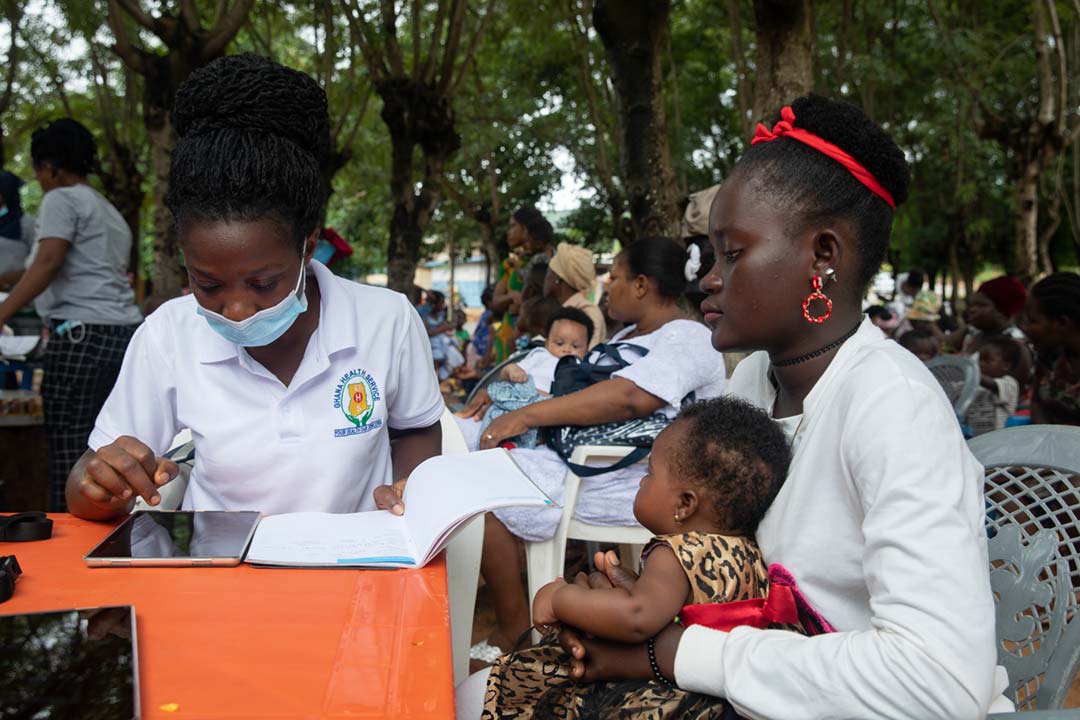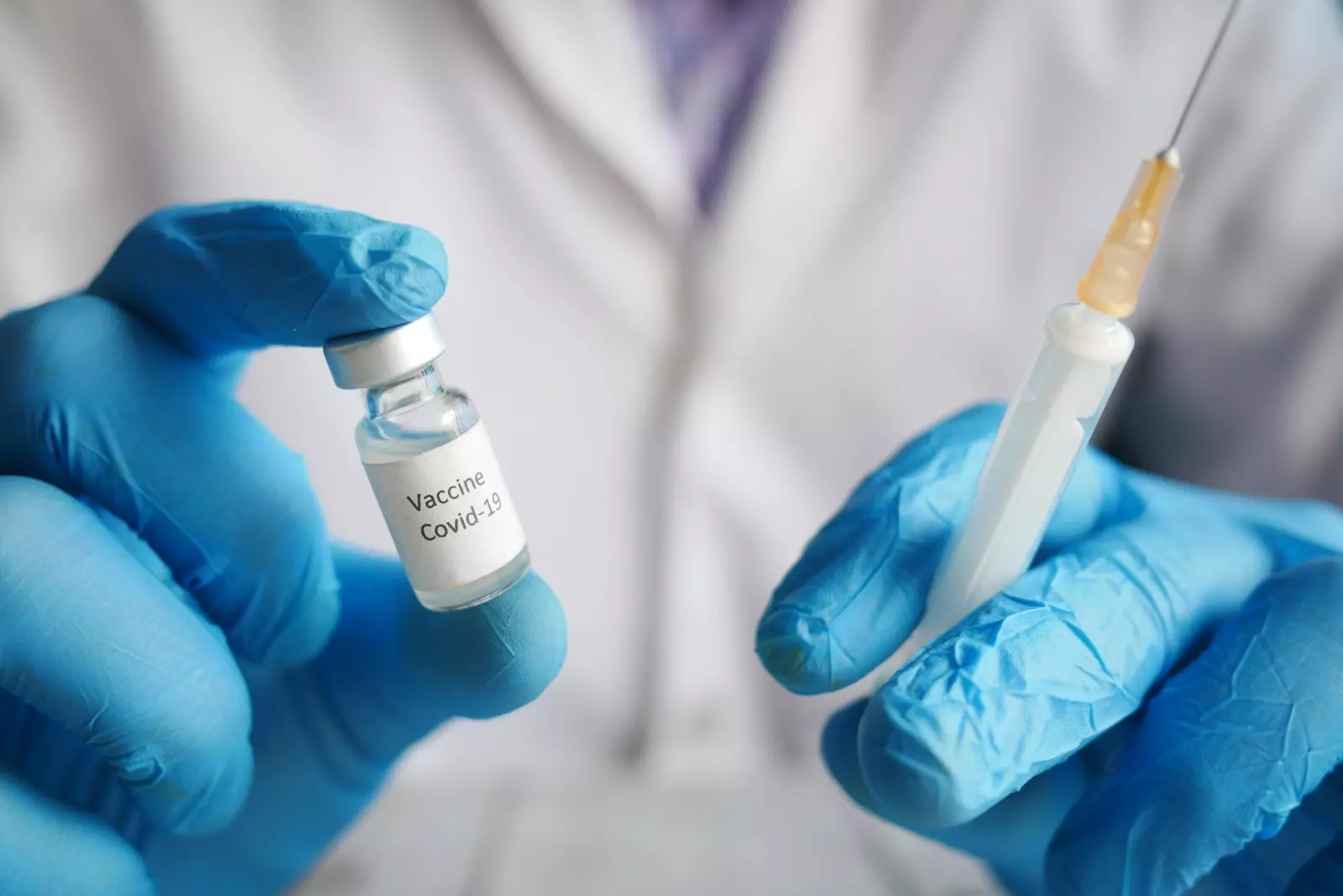We've had COVID-19 vaccines for one year. How can we make better use of them?
It has been one year since COVID-19 vaccines first became available in the UK. COVID-19 vaccines work well, but the question now is how can we make the best use of them? Getting first doses out to people in all countries has to become the immediate global priority, starting with high-risk groups.
- 9 December 2021
- 6 min read
- by Dr Seth Berkley

It’s now one year since COVID-19 vaccines first became available in the UK, and yet the end to this crisis seems no closer than it did 12 months ago. Despite nationwide vaccinations, infection levels are once again on the rise, and the NHS is still struggling to cope. And now with the emergence of Omicron, it is unclear whether things will only get worse.
If these vaccines are so effective, how is this even possible? The answer is not that COVID-19 vaccines don’t work – they do and extremely well – it’s simply that we haven’t been making the best use of them to bring the virus under control.
With vaccination the greatest impact during a pandemic lies with first protecting people most at risk and then slowing the spread of the disease through increased coverage. Many governments, including the UK, have been fast to act on this, particularly when it comes to protecting their own citizens.
The problem is that when dealing with a global pandemic this strategy needs to be applied globally to have the intended impact. So, while reduced infection rates and deaths can be achieved at the national level, too often this will only last until the next dangerous variant comes along, and the cycle of resurgences continues.
COVID-19 vaccines have yet to reach 3.6 billion people
That is happening now because even though many wealthy countries, like the UK, have already fully vaccinated around 70% of their citizens, there are around 3.6 billion people in the world – predominantly in the poorest countries – who have still not yet had their first shot. With viruses the risk of mutations occurring, and new variants emerging, is directly related to rates of transmission. So, the longer large populations of unvaccinated people exist and enable the virus to spread, the more likely it is that new and potentially more dangerous variants will emerge.
To make matters worse, as new variants emerge, those that end up becoming the dominant variant – currently Delta, but most likely soon to become Omicron – are typically more infectious. Delta, for example, is up to 60% more transmissible than the Alpha variant, and roughly twice as infectious as the original Wuhan coronavirus. COVID-19 vaccines do provide some protection against transmission, but increases in transmissibility means more chances to evade vaccine immunity and greater potential for mutations and new variants to emerge.
To break that cycle, and reduce the chances of another winter of discontent this time next year, getting first doses out to people in all countries has to become the immediate global priority, starting with high-risk groups. That means all frontline health and social care workers around the world, who are more likely to come into contact with the virus because of their work, and all vulnerable groups, who are more likely to be affected by the virus such as older people.
People aged over 65, for example, are more than 40 times more likely to face hospitalization and 1,300 times more at risk of dying if infected. And this risk increases with age, with 75-year-olds 65 times more likely to end up in hospital and 3,200 time more at risk of death.
Have you read?
In the UK these groups have long been protected, and the COVID-19 vaccines are so effective at preventing severe disease, hospitalization and death that in countries such as this COVID-19 has effectively become a disease of the unvaccinated, with the vast majority of infected people in ICUs being those who either missed or chose to miss out on their vaccinations. But in the poorest countries, where just 6.3% of people have had their first shot, millions of people are still unprotected and at risk.
Even before the first COVID-19 vaccines became available COVAX has been leading the global effort to protect these people, those living in the 92 lower-income countries that would have otherwise struggled to get access. But despite our initial successes – getting doses to people in these countries just 39 days after the first UK shots were administered – we have faced repeated challenges, with the wealthiest countries hoarding doses and countries imposing export restrictions on vaccines and vital components needed to make them. This has severely limited equitable access and is the primary cause of the horrendous global disparities in COVID-19 vaccine distribution, and the reason we are still in global crisis.
COVID-19 vaccines: a global effort
By not working together, and putting national interest above and beyond the global effort, government efforts to protect their citizens have inadvertently prolonged everyone’s suffering, because it allows the virus to continue to spread out of control. With 1.5 billion COVID-19 doses now being produced a month, the global supply challenges are finally easing and governments are throwing their weight behind the global effort.
The biggest danger with Omicron is that we don’t learn from it and continue to repeat past mistakes.
— Seth Berkley
COVAX has now already delivered around 630 million doses to 144 economies, the vast majority to lower-income countries, and by the end of the year we hope to have delivered in total between 800 million and one billion doses. That should be enough to finally protect those people at high-risk in the lower income countries.
However, having come this far, now the worry is that once again the wealthiest governments will turn their attention inwards in the face of Omicron. While governments need to do everything to protect their citizens, it is also critical to think about what will have the most impact, rushing to get third boosters to low-risk people who are already vaccinated, or focus all efforts on getting the billions of first doses out that are needed to prevent the next variant.
Ultimately, we still don’t know whether this variant will cause more or less severe disease, how transmissible it is or how resistant to COVID-19 vaccines, but perhaps the biggest danger with Omicron is that we don’t learn from it and continue to repeat past mistakes.
Author
Seth Berkley
Chief Executive Officer, Gavi, the Vaccine Alliance
Website
This article was originally published by the World Economic Forum on 8 December 2021.









